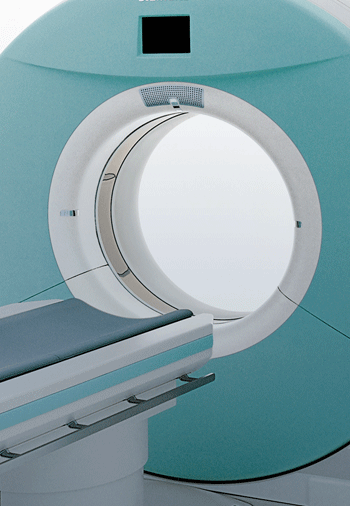
Coronary heart disease is the most common type of heart disease in many industrialised countries. It is a result of the narrowing of the coronary arteries due to plaque build-up, resulting in reduced blood flow and thus oxygen supply to the heart muscle.
The narrowing of the coronary arteries is typically caused by atherosclerosis. Other contributory factors include spasms in the coronary vessels, diabetes, high blood cholesterol, high blood pressure, adverse physical reactions to mental stress, and heavy smoking.
The primary symptom of coronary heart disease is angina, a squeezing chest pain that may spread to the neck, jaw, abdomen, and upper left part of the body. The pain is a signal that the heart is receiving insufficient blood and oxygen.
Angina may present itself in a number of different ways:
- Patients with silent angina tend to experience no physical discomfort or pain.
- Angina may also be stable or unstable.
Stable angina refers to chest pains and/or discomfort which occurs in a regular or predictable pattern (for instance, whenever the patient walks up a flight of stairs) and which is usually relieved by rest.
Conversely, unstable angina, which is more serious, is discomfort that occurs without warning. The patient may experience sudden sharp pain even with little or no physical exertion, or even without having any prior symptoms of coronary heart disease.
